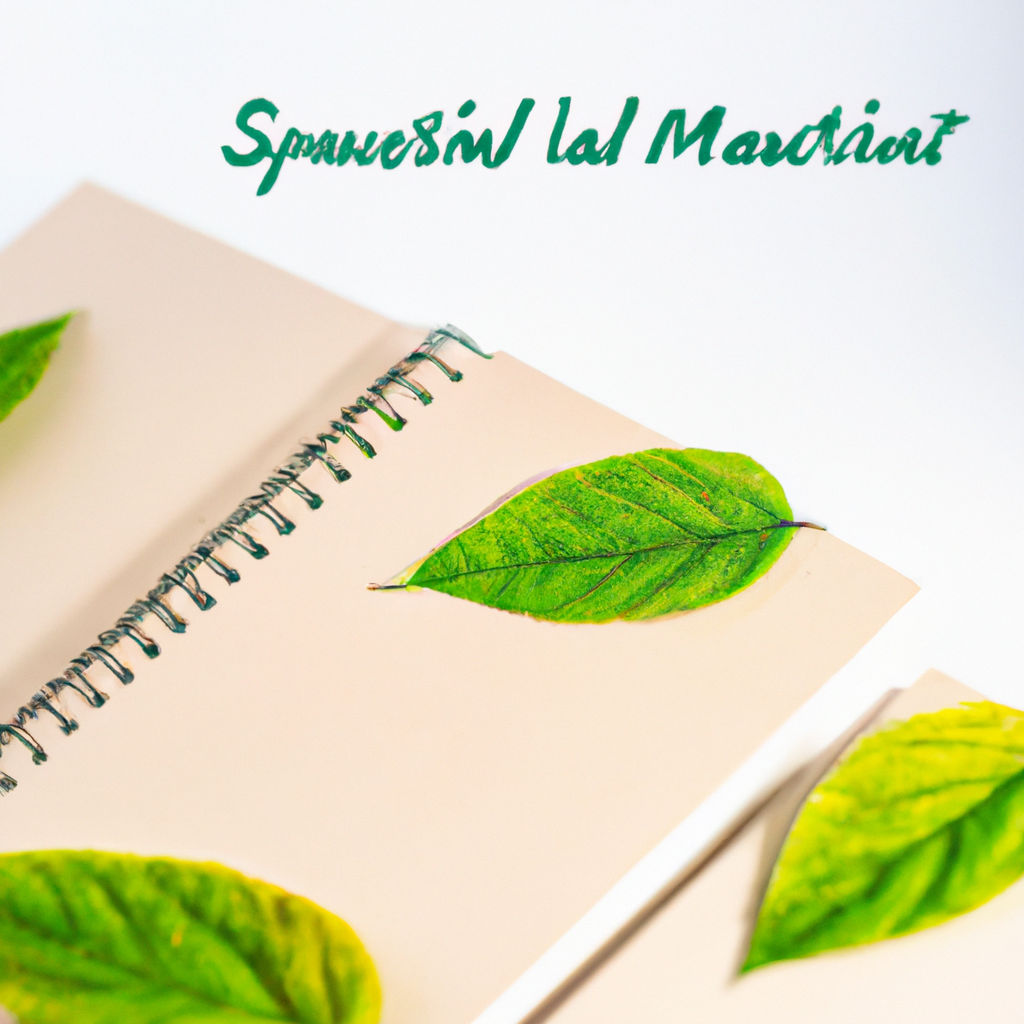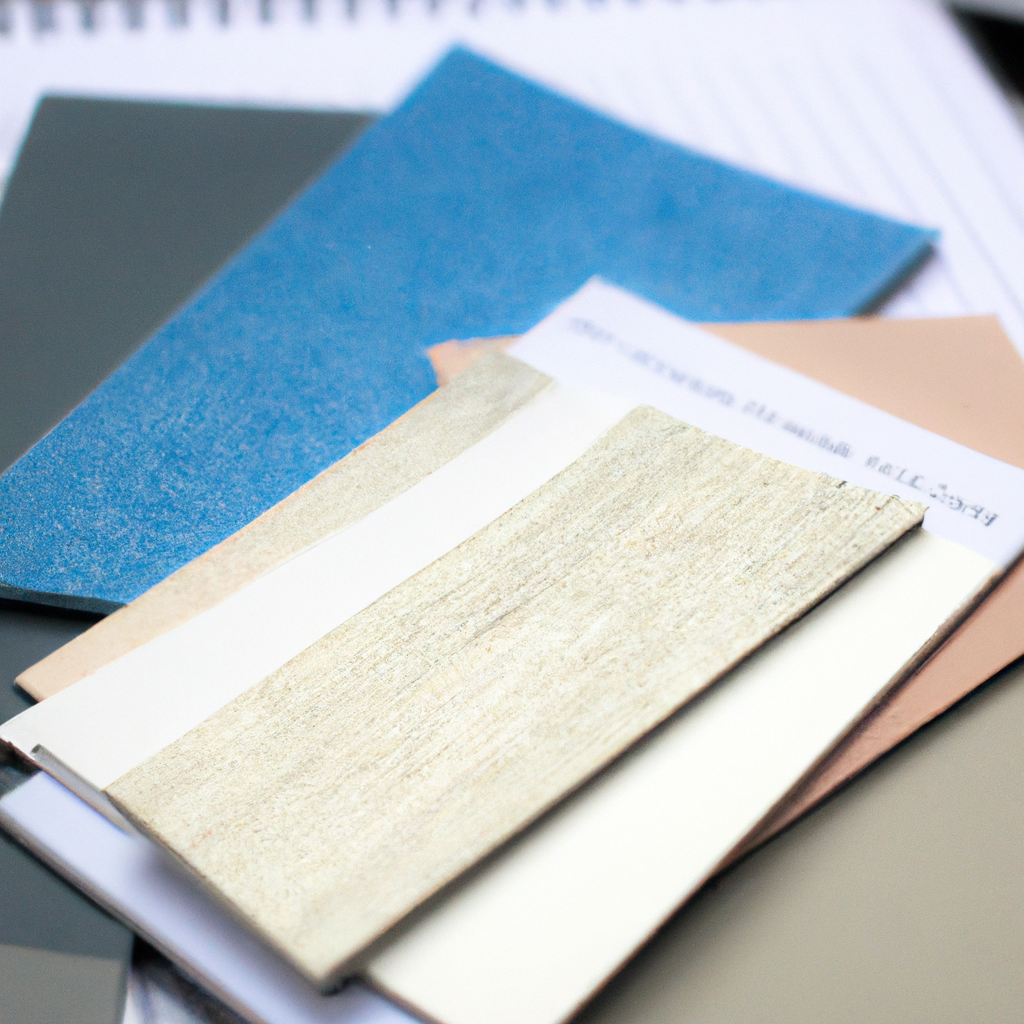The words “eco-friendly” and “sustainable” are gaining more attention in today’s world, and design is no exception. Pioneering designers are taking these considerations into account as they strive to create beautiful, functional, and environmentally conscious spaces. This article looks at how these eco-friendly design materials can bring greater sustainability to any design project.
1. A Greener Revolution: Exploring Eco-Friendly Design Materials
As the push for net-zero carbon emissions intensifies, designers are being challenged to find new and innovative eco-friendly sources and materials for their projects. With the goal in mind, designers are exploring an abundance of green materials for sustainable design, materials which are often reclaimed, reused, recycled, or reused in creative ways.
When it comes to upcycling, designers are looking to furniture, textiles, and even building materials made from reused materials. Upcycling is a great way to reduce waste while still maintaining creative aesthetic. Reclaimed wood, for example, can be used to create a rustic farmhouse kitchen island. Other upcycled material examples include denim or yarn knit into colorful throw blankets, furniture made from old tires, or a sofa made from reclaimed pallets.
Designers are also discovering the potential of biocomposites, plant-based materials that replace traditional plastic and wood. Biocomposites are largely made from renewable plant fibers like wheat sugar, and bamboo fibers, and are biodegradable and free from fire retardants. Barkcloth, one of the earliest biocomposites, is making a comeback in the form of wallcoverings. Another popular biocomposite material is cork, which is harvested from the trunks of cork trees.
The circular economy is another option for designers looking for green materials. Through the circular economy, designers can upcycle, repair, and create functional items from “waste” materials, such as the packaging from a tasty snack. An iPhone case made from upcycled plastic bottles or a ceramic bowl crafted from old disposable cups are two examples. In this scenario, waste becomes a resource, and creates an ever-continuing loop of production.
Finally, designers are investigating biofabrication techniques that create materials from a combination of living organisms, synthetic proteins, and engineered molecules. Biofabricated materials, such as leather and silk, possess the advantages of synthetic materials but without the harmful environmental effects. Materials made this way also result in lower energy use, reduced emissions, and less material waste.
From upcycling to biofabrication, designers are unearthing a wealth of green materials for sustainable design. Through these sources and many more, the possibilities for eco-friendly materials are limitless.
2. Unleashing the Power of Sustainability: Innovations in Design Materials
As businesses around the world push for more sustainable practices, the design industry has followed suit. The quest for environmentally friendly materials has been ongoing, but the surge in demand for sustainability has only intensified the search. Here are some of the latest innovations in design materials that are helping to unleash the power of sustainability.
- Bioplastic: Bioplastic is a form of polymers that are composed of organic material, such as vegetable oils. It provides a durable and lightweight alternative to traditional plastic, and is significantly better for the environment. It is often used in textiles, packaging, and furniture.
- Algae-based foam: Foam is an essential material in many design elements, from furniture to audio equipment. Traditional foam is quite energy-intensive and harmful to the environment. Algae-based foam is a great alternative: it is both renewable and eco-friendly.
- Bamboo: The resilient Bamboo plant has a high tensile strength and an incredible growth speed, making it a popular choice for sustainable building and furniture design. It is also highly water-repellent and resistant to insects – two benefits that make it particularly suitable for outdoor projects.
These materials are just the tip of the iceberg. Other innovative materials have been developed for design applications, such as nanosilver for antimicrobial textiles and recycled glass for countertops. All these materials can be used to create designs with sustainability in mind.
However, sustainable design is not just about the materials themselves. It is about the overall approach to the project, from the conception to the implementation. Every step needs to be carefully considered in order to create a truly sustainable product or space.
Designers have the power to shape the future of sustainability through their use of materials and design philosophies. With the right approach, they can create beautiful and lasting designs that are both aesthetically pleasing and environmentally conscious.
3. Shaping a Sustainable Future: Eco-Friendly Design Materials Making Waves
As the call for sustainability and resource utilization trajectories is more urgent than ever, design materials are revolutionizing the way we build the built environment. Innovative design materials created with the aim to reduce carbon footprint now dominate construction and architecture in some parts of the world. The three eco-friendly design materials making waves are:
- Recycled Steel
- Earth-based Materials
- Organic Matter
Recycled Steel: One of the most common, efficient, and popular eco-friendly design materials is recycled steel. Its invite for sustainability lies in its ability to be recycled again and again without any loss of integrity. Using recycled steel cuts down on mining for metals, reduces CO2 emission from production, and has the potential for nearly limitless recyclability. In addition, the strength and durability of steel creates a structure that outranks many other building materials.
Earth-Based Materials: From clay to mud and straw, natural materials are coming back into vogue thanks to their ability to be locally sourced and their maximum insulation properties. Thanks to their thermal mass, courtyards and covered areas of earth-based constructions tend to stay cooler in the summer and retain heat during colder months. Clay usually contains a naturally occurring antimicrobial, meaning that it helps stave off mold, and straw has been known to last centuries.
Organic Matter: Not just for compost bins, organic matter is a revolutionary new design material with a bright future ahead. Rooted in the concept of bio-mimicry, designers and architects are increasingly using natural materials, such as wood and hemp, to create durable, long-lasting buildings that not only last for generations but also have the potential to improve air quality. As this trend continues, consumers can look forward to sustainable, organic building materials becoming increasingly more common in the construction industry.
Incorporating one or more of these eco-friendly design materials into any building or structure can significantly reduce the carbon footprint of the build and pave the way for a more sustainable future of building.
4. Pioneering a New Paradigm: How Eco-Friendly Design Materials are Leading the Way
Eco-friendly design materials are revolutionizing the way we think about the future of our planet. They offer innovative ways to reduce our carbon footprint and help protect the environment through the production and use of biodegradable, renewable, recycled, and sustainable materials.
Renewable Materials
- Renewable materials are sustainable and infinite, such as bamboo, hemp, and wood. These materials are lasting and bio-degradable, providing an endless cycle of production and disposal.
- Products made from renewable materials can often be used indoors and outdoors, making them incredibly versatile and desirable for sustainable design.
Recycled Materials
- Recycled materials are the ultimate way to reduce waste and reuse existing materials. From plastics and metals to discarded textiles, most recycled materials are manufactured from new sustainable processes.
- Most recycled materials are also lightweight, strong and resilient, offering innovative possibilities for product design and application.
Biodegradable Materials
- Biodegradable materials are all-natural and naturally decompose over time when exposed to the elements. This helps reduce the strain on the environment and encourages eco-friendly usage at the same time.
- Bio-degradable materials are particularly popular in the food packaging industry, as they can be used to create disposable packaging materials that can be easily disposed of or composted.
The use of eco-friendly materials is a great way to reduce our environmental impact and help ensure a sustainable future. By utilizing renewable, recycled, and biodegradable materials in product design, we can have a positive effect on the planet while creating innovative and stylish products. These materials are paving the way for a new, eco-friendly paradigm, and they are paving the way towards a brighter, greener future.
Sustainability in design is an ever-growing and ever-important ingredient in building healthy homes, inspiring workplaces, and attractive functionality. When big-name designers are taking sustainability seriously, it’s time to start thinking about eco-friendly design materials for your own projects! With the pioneers showing the way to create beautiful designs without destroying the planet, let’s strive to make sustainability the ruling principle in architecture and design.




